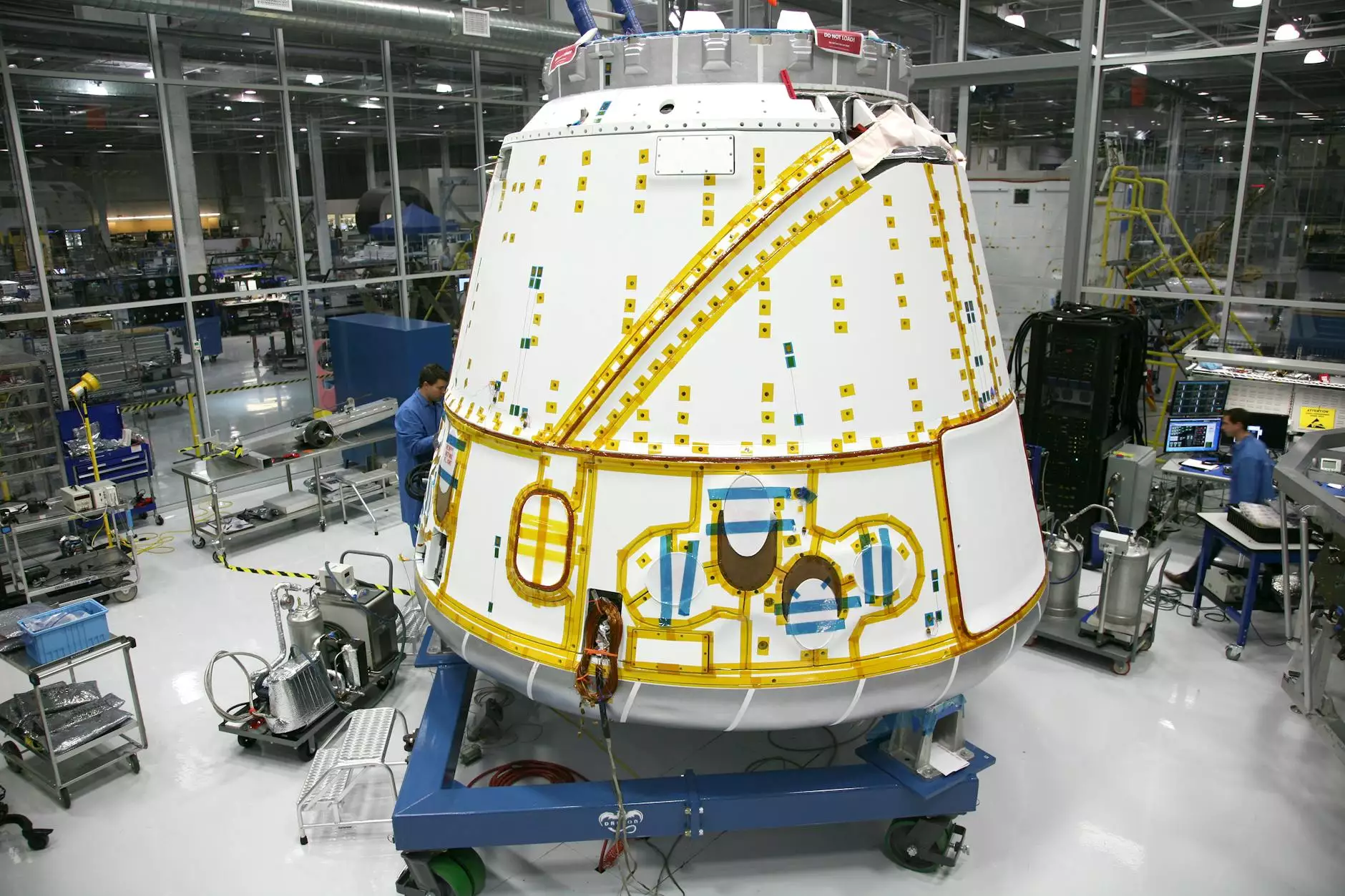The Role of Downstream O2 Sensors in Engine Management Systems
Content Marketing
In the realm of automotive technology, downstream O2 sensors play a vital role in monitoring and regulating the combustion process within an engine. These sensors, also known as downstream oxygen sensors, are an integral part of the engine management system, working in tandem with other components to ensure optimal performance and reduced emissions.
Understanding the Purpose of Downstream O2 Sensors
Downstream O2 sensors are positioned after the catalytic converter in the exhaust system of a vehicle. Their primary function is to measure the oxygen levels in the exhaust gases and provide feedback to the engine control unit (ECU). This feedback allows the ECU to adjust the air-fuel ratio for efficient combustion and emission control.
Key Functions of Downstream O2 Sensors
1. Monitoring - Downstream O2 sensors continuously monitor the oxygen content in the exhaust gases to ensure that the engine is running at the optimal air-fuel ratio.
2. Control - By providing feedback to the ECU, downstream O2 sensors enable the system to make real-time adjustments to maintain performance and reduce emissions.
The Significance of Downstream Oxygen Sensors
The role of downstream O2 sensors cannot be overstated when it comes to the overall efficiency and cleanliness of a vehicle's operation. These sensors work in conjunction with upstream O2 sensors to provide a comprehensive picture of the combustion process and help achieve compliance with emission regulations.
Importance of Maintaining Downstream O2 Sensors
To ensure optimal engine performance and fuel efficiency, it is crucial to maintain the health and functionality of downstream O2 sensors. Regular inspection and replacement of these sensors as recommended by the manufacturer can prevent issues such as decreased fuel economy and increased emissions.
Conclusion
Downstream O2 sensors are an essential component of modern engine management systems, contributing to both performance and environmental sustainability. Understanding the purpose and function of these sensors is key to ensuring the efficient operation of vehicles and compliance with emission standards.









